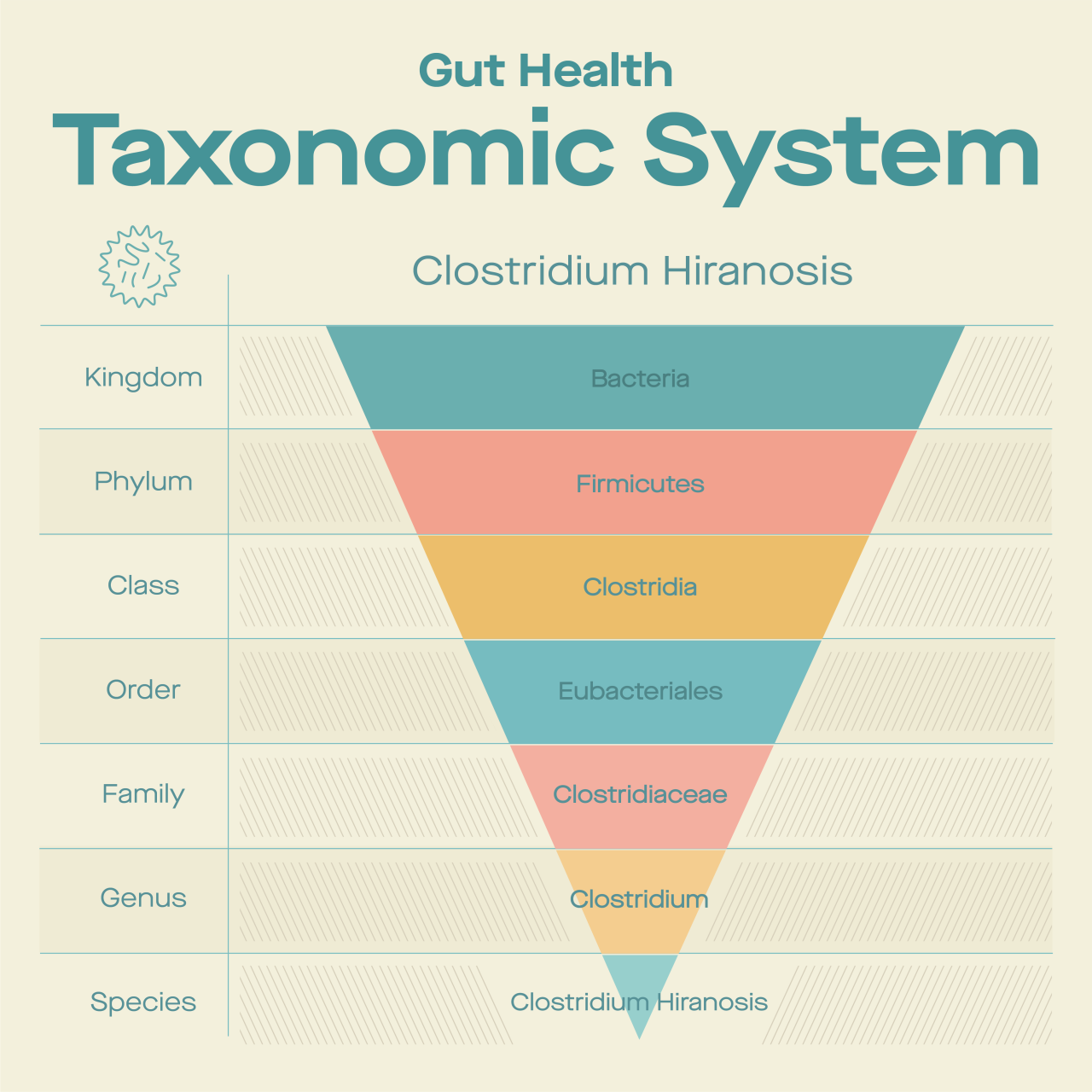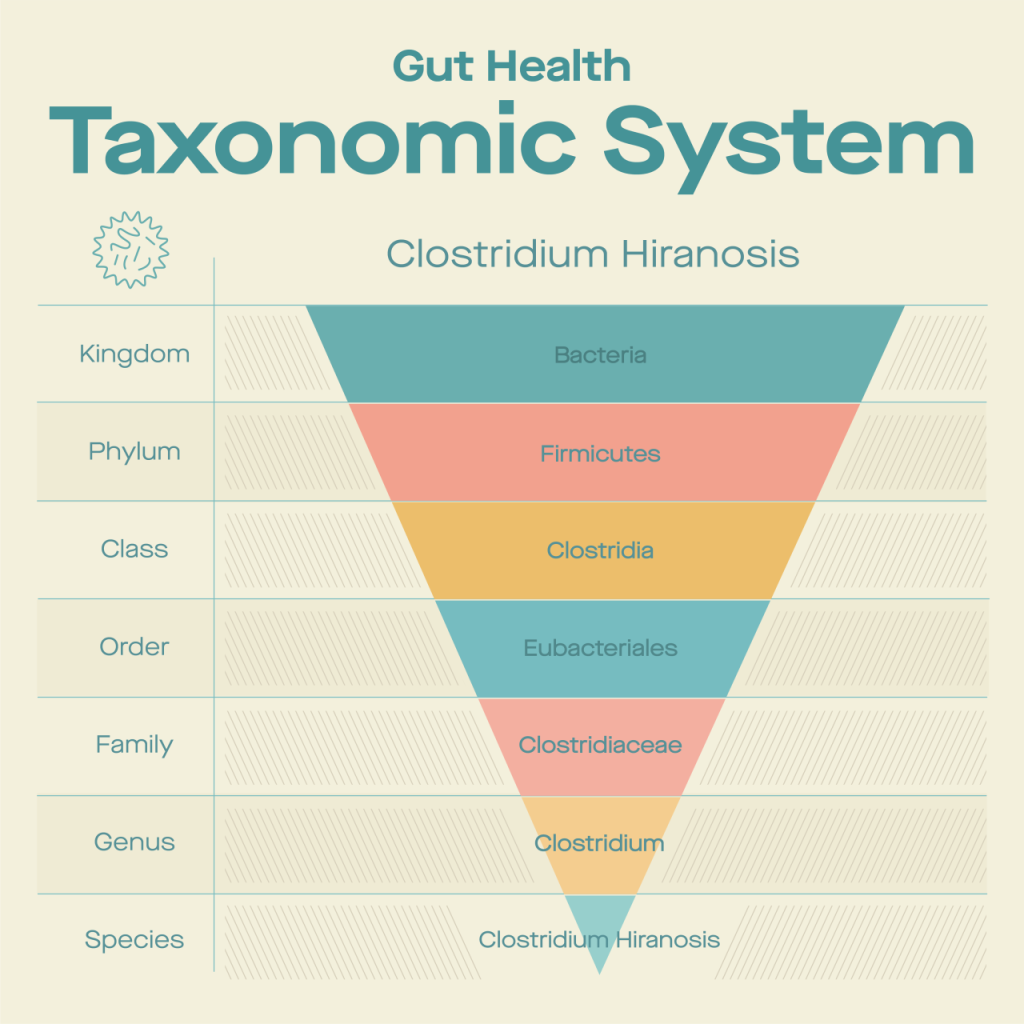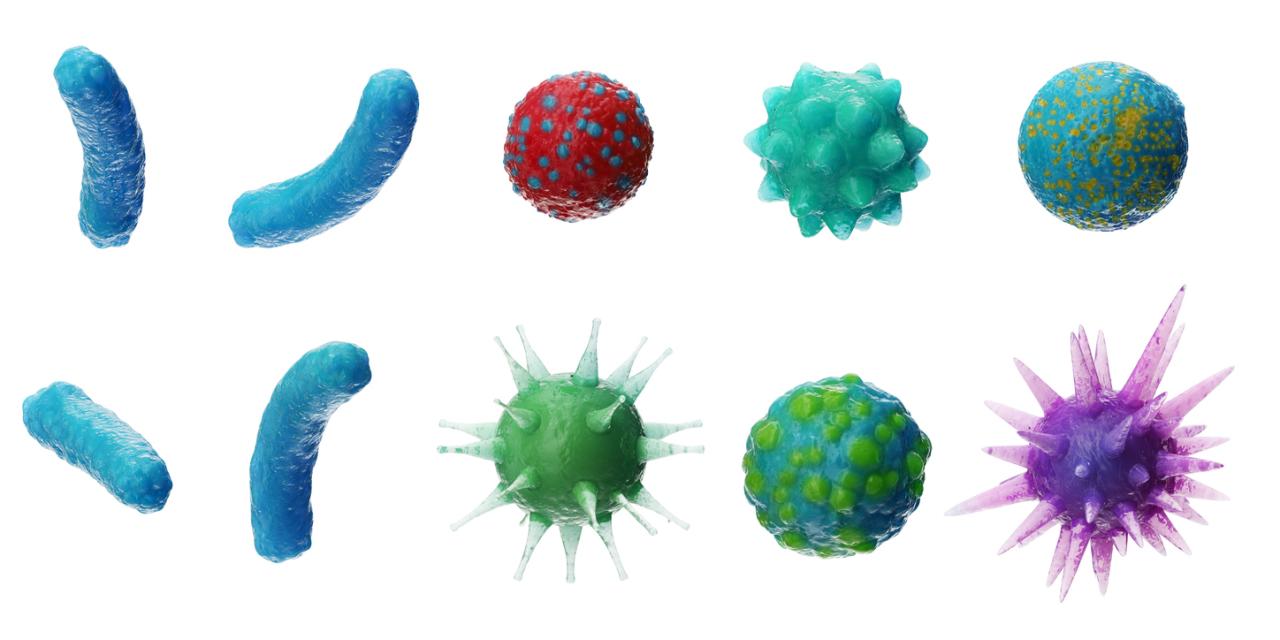Every known creature on Earth has a place and a name in a (relatively) simple classification system. The Swedish botanist Carl Linnaeus first proposed this system in the 18th century, and it has evolved as we discover new species and new research tools.
The 7-character name tells the story of the lineage and evolution of each creature and how it relates to all other creatures on the tree of life. Organisms are uniquely identified by genus and species names. The classification system classifies all creatures using the following headings, in the case of our favorite pet dog, aka dog. The genus is often abbreviated to the first letter – C. familiaris.
It may seem like a lot, but you can use this common mnemonic to help remember the command: King Philip is here for good soup!
In the past, similarities in shape and function of different organisms were used to classify them in classification systems. The DNA sequencing revolution that began in the 1980s gave scientists a new and powerful classification tool. Comparing genetic similarities rather than shapes leads to the reorganization of many parts of the classification system.
Many species move from one branch to another! Many microbes are discovered and studied even based solely on finding their DNA code, and scientists can’t even see them.
The same classification pyramid is used to classify old and newly discovered bacteria. Below is an example of a classification of the beneficial gut bacterium Clostridium hilanor, which is known to prevent harmful bacteria from multiplying in the gut, as well as other health benefits that are beneficial to health such as dogs and humans.

At Stay, we sequence fecal samples from dogs and use genetic information to identify and classify the bacteria that live in their guts. But our technology is not just about looking for known bacteria. We also track the genetic sequences of novel bacteria! We use this information to find their position in the classification hierarchy.
Once these bacteria are found in the guts of more and more dogs, we can decipher the role of these unknown species, how they are affected by the dog’s diet, and how they affect the health of each of our dog members. That’s why your microbiome test is so important: your dog’s poop can help us determine the best food for them and it can also help us discover new organisms to add to the tree of life!



